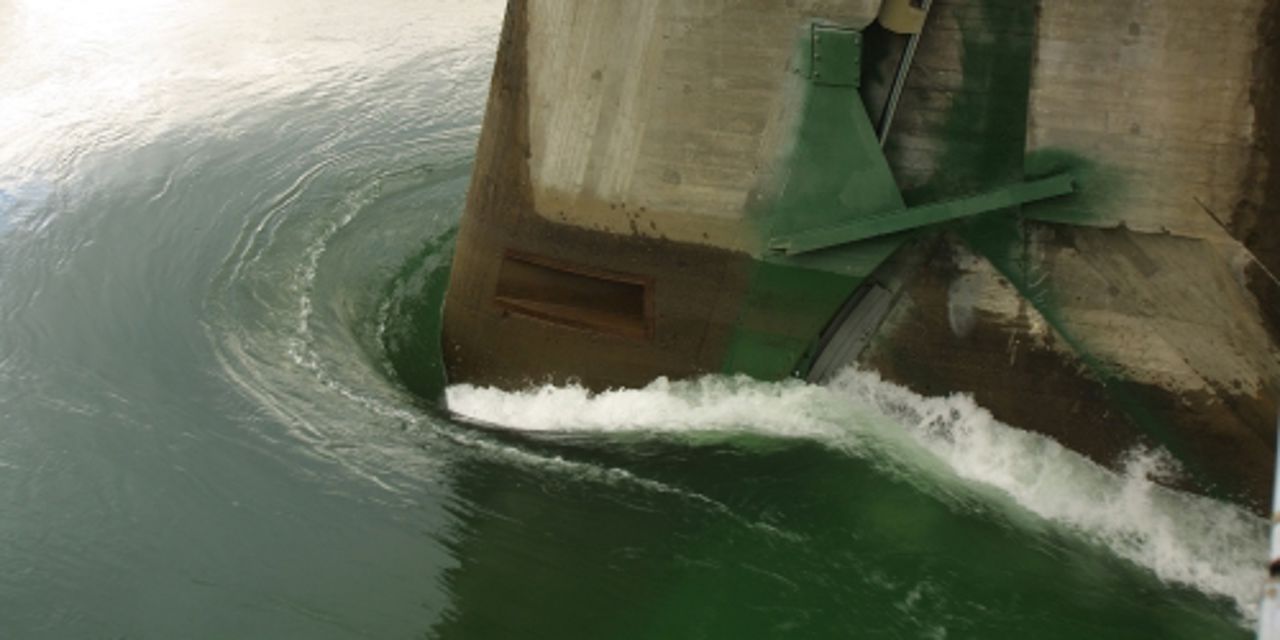
Closing the loop: Statkraft's commitment to a circular economy
At Statkraft, we believe that sustainability goes beyond generating renewable energy. It’s about using resources wisely and minimizing waste to preserve the planet’s natural balance. That’s why we are committed to becoming a circular business by 2050, embedding the principles of the circular economy across our operations.
What is a circular economy?
A circular economy aims to eliminate waste and extend the lifecycle of resources by reusing, recycling, and recovering materials. For Statkraft, this means designing our projects and operations to minimize resource consumption, reduce environmental impact, and enhance efficiency.

Overall picture and general status at Statkraft
Statkraft’s core business leverages the principles of circular economy, by producing renewable energy with long-term horizons. We prolong the lifetimes of our assets through monitoring, rehabilitation, and upgrades when necessary. Hydropower assets have a particularly long life-time, but with the increasing share of wind and solar power in our portfolio, with shorter life-time, we experience new challenges and opportunities related to circularity. We acknowledge our consumption of materials and see circularity as a tool for enhancing resource efficiency, and thereby reducing our footprint.
Key targets
Additional key priorities and actions going forward
- By 2024, define the concept of circular business for Statkraft, based on research and peer benchmarking method for quantifying circularity
- Updated requirements and guidelines, including climate and circularity tools, will be made available by the end of 2025
- By the end of 2025, assess (cost-benefit) local treatment options for wind turbine blades per country/region and establish contracts/agreements as relevant
- By the end of 2025, implement tools and requirements related to reporting and handling of wind turbine blades
- For selected key materials gather information of inflows and establish baselines by the end of 2025
- Assess options for waste revaluing locally, incl. waste mapping and revaluing services by the end of 2026
- Assess “low footprint” options for key equipment/categories by the end of 2026
- Pilot incentives for selected suppliers related to key materials, emissions and waste by the end of 2026
Back to sustainability strategy page

Our sustainability strategy
Sustainability is at the core of our mission to renew the way the world is powered. Our sustainability strategy is an integral part of our corporate strategy and sets the direction for how we will con...
Read more